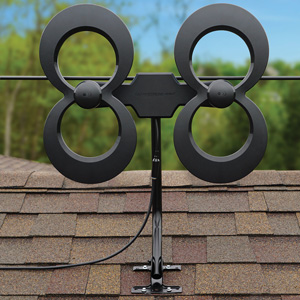
In a move likely to spark some ad industry controversy, the Advertising Research Foundation this morning issued a call to the industry to scrap the way it has defined the fundamental building block of television audience measurement — the so-called “TV household” — and replace it with a more encompassing one: the “TV-accessible household,” or TVA for short.

With cord-cutting continuing, the number of U.S. homes that get content over-the-air through an antenna has grown to 18.6 million in the fourth quarter of 2021, up from 18.4 million a year ago, according to a new report from Nielsen. Those 19 million homes represent 15.3% of households, up from 14.3% in the fourth quarter of 2018, when there are 16.7 million over the air homes and just 10% in 2010.
 Based on its new definition of a TV home — one that can include a broadband connection — Nielsen says the number of TV homes is up versus the year before to 115.6 million homes. Nielsen says its TV household universe estimate (UE) grew 1.2% over its estimate for the 2012-13 season which was at 114.2 million. In addition, Nielsen says the total number of TV viewers is 1.6% higher to 294 million persons ages 2 and older.
Based on its new definition of a TV home — one that can include a broadband connection — Nielsen says the number of TV homes is up versus the year before to 115.6 million homes. Nielsen says its TV household universe estimate (UE) grew 1.2% over its estimate for the 2012-13 season which was at 114.2 million. In addition, Nielsen says the total number of TV viewers is 1.6% higher to 294 million persons ages 2 and older.
TV is still the media elephant in U.S. living rooms, but the way Americans watch television and other forms of video programming is changing so rapidly that a top Nielsen executive says the media ratings giant has begun working with its clients to “redefine” the very nature of the households it measures.

































